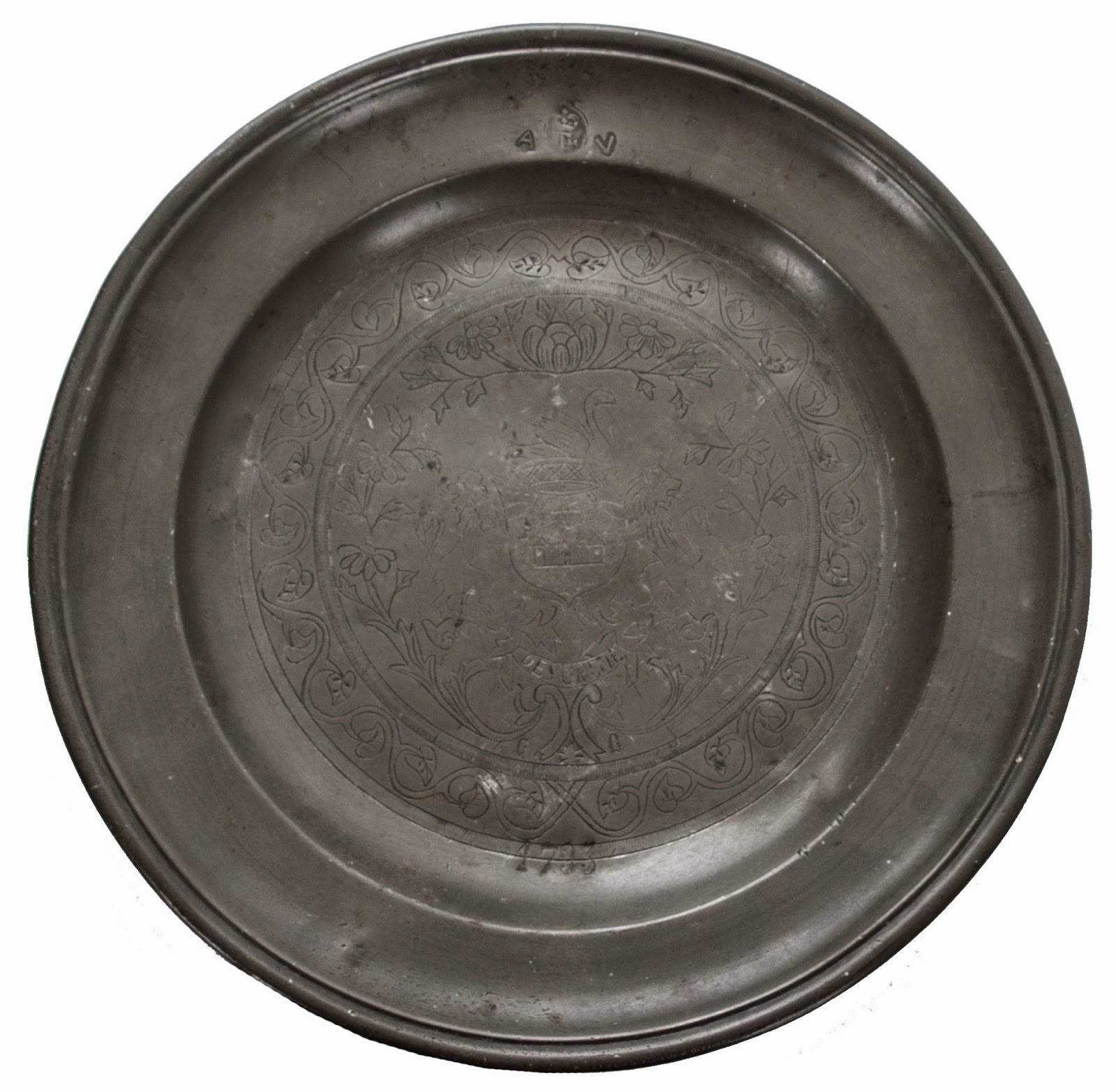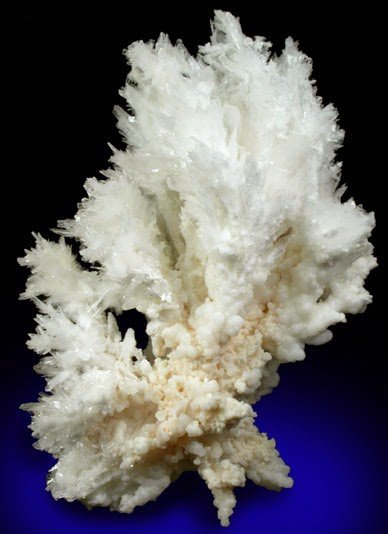What Exactly is Sterling Silver?
Since pure silver, also known as "fine silver", is much too soft to be used in rings and other jewelry, an alloy is mixed with the metal to harden it. Usually this is copper. The result is a beautiful and sturdy metal that has the beauty of Fine Silver, but is now Sterling Silver. By law, a piece that is sold as Sterling Silver will be 92.5% pure silver plus 7.5% copper, and will then be stamped ".925" or "S925" or "Sterling Silver". Only actual Sterling Silver will bear the ".925" Sterling stamp. It is
illegal under title 15, chapter 8 of the Code of Federal Regulations to in any way represent an item as sterling if it is not.
Other metals can be used in place of copper as an alloy. These other alloys are used to help eliminate tarnish. These metals include zinc, platinum and germaium (known as "Argentium Sterling Silver"), and even silicon and boron.
Is there a difference between Sterling Silver from Tiffany's and Other Stores?
No. All Sterling Silver is 92.5% fine silver plus 7.5% alloy. The metal is the same, 92.5% fine silver plus an alloy. The difference is only in the design of the piece.
Does Sterling Silver Tarnish? What about Fine Silver?
Chemically, pure silver is not very reactive—it does not react with oxygen or water at ordinary temperatures, so does not easily form a silver oxide, which we see as tarnish. However, it is attacked by common components of atmospheric pollution---silver sulfide forms as a black tarnish while exposed to airborne compounds
of sulfur (byproducts of the burning of fossil fuels and some
industrial processes), and low-level ozone reacts to form silver oxide. With Sterling Silver, the problem of corrosion or tarnishing increases because other metals in the alloy, usually copper, may react with oxygen in the air.
Sources of sulphur, which cause tarnishing, include sweat, wool, carpeting, felt, eggs,
leather, latex, and various other sources, so limiting exposure to them
can help. Avoid bleach or chlorine---even the fumes will cause tarnishing. Storing your silver in an airtight container with activated
charcoal or commercial anti-tarnish strips is a good way to prevent
tarnish when storing your jewelry.
Tarnish begins as a yellow tinge to the metal, and becomes darker until it eventually is black.
To clean tarnish off of Sterling jewelry, a swipe with a treated jewelry cloth for Sterling Silver will remove most tarnish. Sometimes a quick dip in jewelry cleaner liquid will remove tarnish from intricate silver work, but always immediately wash the piece off in warm water with a little dish soap, and dry with a soft cloth. Do not use the liquid cleaner on jewelry with pearls, coral, or other gemstones!
Why is Sterling Silver sometimes Rhodium Plated?
Rhodium, which is a very hard (and brittle) metal in the Platinum group of precious metals, is electroplated onto Sterling Silver for a few reasons: it helps prevent tarnishing, it helps prevent corrosion, it protects the silver from scratching or marring; it gives a very bright and shiny finish; and gives the sterling the look of white gold. Why? Because white gold is gold mixed with alloys, but is still slightly yellow. Plating white gold with Rhodium gives the bright, shiny, platinum look that is desired in white gold jewelry.
Rhodium is plated onto sterling silver rings for durability as well as beauty.
Sometimes the layer of Rhodium on jewelry is quite thick, but often the Rhodium layer is an extremely thin layer of metal that is electroplated over the silver or gold. It will eventually wear off. Rhodium plated rings especially will need to be replated after several years of wear.
►► CAN I RESIZE MY RHODIUM PLATED STERLING SILVER RING?◄◄
Certainly, it CAN be resized, but should it be? The short answer is NO, I don't recommend that. There are several reasons why. First, in order to plate Rhodium over Sterling Silver, another metal or two must be plated onto the Sterling so the Rhodium adheres, and without contaminating the Rhodium solution. There are three methods to plate silver:
1. First Copper, then Nickel, then Rhodium. (This is most common)
2. First Palladium, then Rhodium.
3. Rhodium straight onto Sterling Silver.
The
first two are done in that order because the Rhodium solution is
sensitive to copper and will loose its bright plating ability if it is
contaminated by base metals, especially copper.
If one plates
straight onto Sterling Silver, then copper in the silver alloy will,
after a short time, degrade the solution and the plating will be dark.
Additionally, the Rhodium layer is very hard and brittle, and cutting the band will possibly result in the shattering of the Rhodium layer, revealing the nickel or copper layer underneath. A skilled silversmith (NOT the jeweler at the mall) can successfully cut through the band and adjust the size and replate the ring---but this can be costly and can also undermine the integrity of the original ring.
A skilled jeweler or preferably a silversmith might be able to "stretch" the ring slightly using a mandrel, but that depends on the thickness of the band and the setting itself, and would need to be discussed with your jeweler first.
Why can't a jeweler use a laser or heat the band?
Different metals melt at different temperatures. Rhodium, on the outside of a ring band, is an incredibly hard metal, with one of the highest melting points of all metals. Copper or nickel, plated between the Rhodium and the Sterling Silver, is much softer, although harder than Sterling. Sterling Silver is an alloy of soft silver and copper. The melting points of these metals are:
Rhodium...................3571 °F
Copper.....................1981 °F
Nickel...................... 2651 °F
Sterling Silver............1651 °F
If Rhodium were heated to the point where it would melt or even soften to cut, the underlying metals would all liquify. If done by an inexperienced person, this would create a mess, and probably ruin the ring.
Is there a way to test metal to see if it's Sterling Silver?
Yes:
(1) First, does it have the "925" or "Sterling" marks somewhere? If it does, then it is sterling silver. Sometimes Sterling Silver isn't marked, or the markings have worn off. Often, vintage pieces and Native American jewelry is also not marked. Clean your piece to remove any tarnish or dirt and inspect it carefully for any hallmarks or maker's marks.
(2) Then check: Is it magnetic? Sterling Silver contains no metals that would be attracted to a magnet, so if it is, it's probably Stainless Steel or some other metal. Use a strong Neodymium magnet.
(3) Next, if it's not Rhodium plated, you can try purchasing a test kit. A small scratch can be made in an inconspicuous spot and a drop of Nitric Acid applied. This will ruin the ring, so often the metal is rubbed onto a "touchstone" and the Nitric Acid is applied to that touchstone rubbing. You will have to analyze the color that appears as the acid sinks into
the piece. Be sure to follow the instructions and color scale of your
specific silver test. In general, the color scale is as follows:
- Bright Red: Fine Silver
- Darker Red: 925 Silver
- Brown : 800 Silver
- Green : 500 Silver
- Yellow: Lead or Tin
- Dark brown: Brass
- Blue: Nickel
(4) A less invasive method and quite simple is the "bleach test". Silver tarnishes extremely quickly when exposed to bleach (or ammonia, but that takes longer). Simply place a drop of bleach on your item and if it quickly turns black, that is tarnish and the piece is silver. You can then polish the piece and remove the tarnish.
(5) Take it to a professional--a reputable jeweler, a silversmith, an appraiser--who can determine if it's sterling silver, and maybe give more information about any maker's marks or hallmarks on the piece, and its value.
****************************
I would recommend that if you are buying a ring, such as a vintage ring, that is Rhodium plated, buy the ring in the proper size! Don't expect to take any ring that has been Rhodium plated to a jeweler to size it. The results will most likely not be good, or even disastrous.





























